This post may contain affiliate links which may generate a small commission from clicks that result in a purchase.
Olives are a staple in many kitchens worldwide. From the pungent Kalamata olives of Greece to the fruity Manzanilla olives of Spain, these little fruits bring a burst of flavor to any dish they grace. But have you ever looked at an olive tree and wondered if you can eat raw olives?
While you technically can eat raw olives, they are typically very bitter due to a compound called oleuropein and are usually cured or processed before consumption to make them palatable.
In this blog, I’ll leverage my extensive experience as an olive tree grower to guide you through the complexities of the olive, from the tree to your table. We’ll delve into the nuances of olives, why they’re usually cured before eating, and what exactly happens if you munch on a raw one straight from the tree.
So, whether you’re a culinary enthusiast, a health-conscious reader, or just curious about olives, stick around as we dive deep into raw olives.
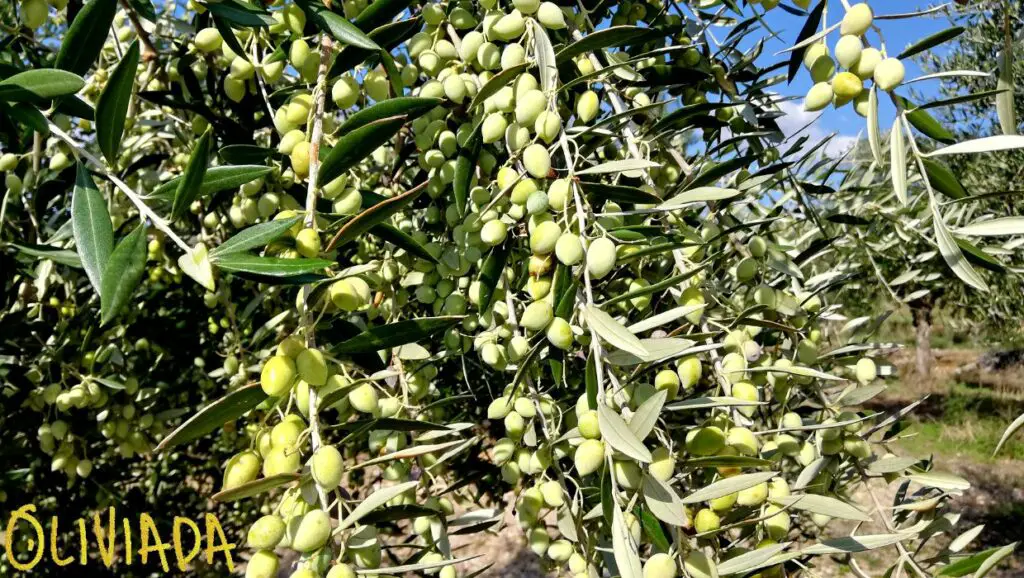
1. How Do Olives Grow?
Olive trees require patience, often taking 3-7 years to mature and produce fruit. The lifecycle begins in spring with the bloom of small white flowers. Only some of these develop into olives.
Green olives start appearing by early summer. Throughout summer, they grow, absorbing sunlight and tree nutrients.
Depending on the variety and region, harvest occurs from fall to early winter. Some olives are picked green, others once they darken. After harvest, olives are sorted and prepped for curing (table olives) or pressing (olive oil).
But can you consume these fresh, raw olives? The upcoming section provides a detailed answer.
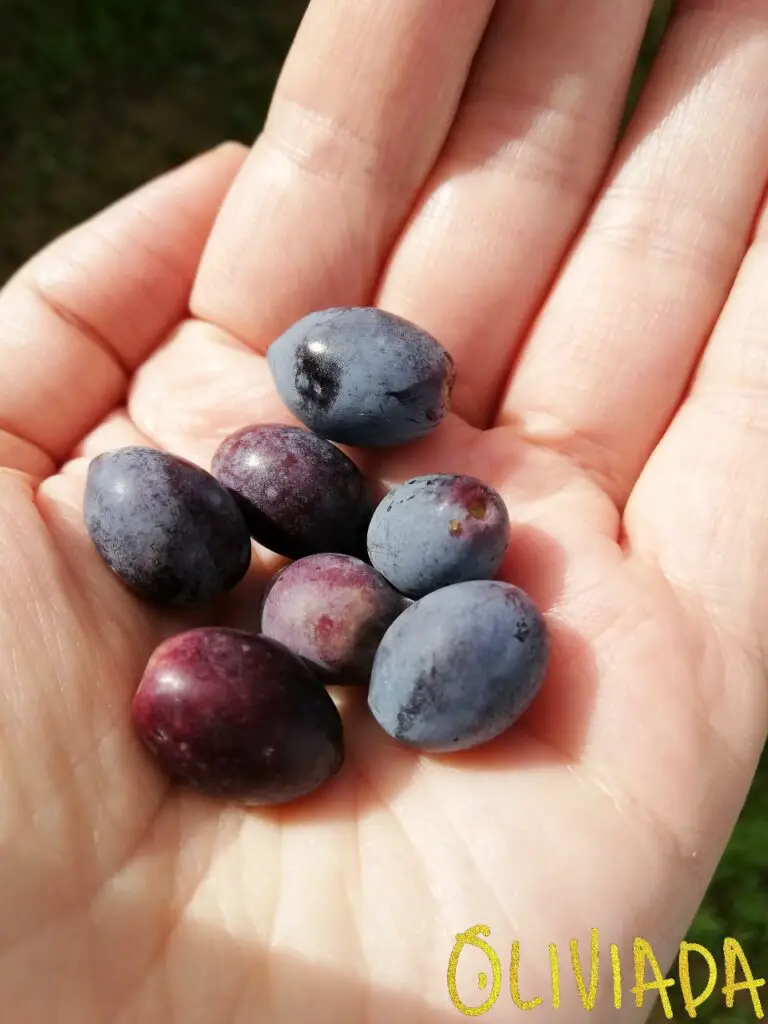
2. Can You Eat Raw Olives?
The main scientific reason for not eating raw olives is their high oleuropein content. This compound gives raw olives their distinct bitterness, making them almost inedible straight off the tree.
This oleuropein is leached out when olives are cured, leaving us with the savory, delicious olives we know and love.
So, can you eat raw olives? Technically, yes. But, given the bitter taste and potential digestive issues, it’s best to enjoy them cured or processed.
Although they can be unpleasantly bitter, raw olives are not poisonous or toxic, so eating them won’t cause harm, apart from a potentially unpleasant taste experience.
Just a quick note to remember – if you notice any spots on your olives, it’s best to make sure they are safe before enjoying them raw, as the appearance of spots may suggest potential issues that could affect their quality and safety.
Taste and Potential Hazards of Raw Olives
If you were to pluck raw olive off the tree and take a bite, you’d be met with an extremely bitter taste. Why is that? It’s because of a compound called oleuropein found in abundance in raw olives.
This compound gives olives their unique bitterness. In fact, the primary role of oleuropein in the olive tree is to protect it from pests and diseases. So, it’s very beneficial to the olive tree, but not so much to us when trying to enjoy a raw olive!
Besides the bitter taste, consuming large quantities of raw olives can lead to digestive issues. It’s because, according to science, the oleuropein molecule is quite large, and our bodies have difficulty breaking it down. That’s another reason why we usually prefer not to eat raw olives.
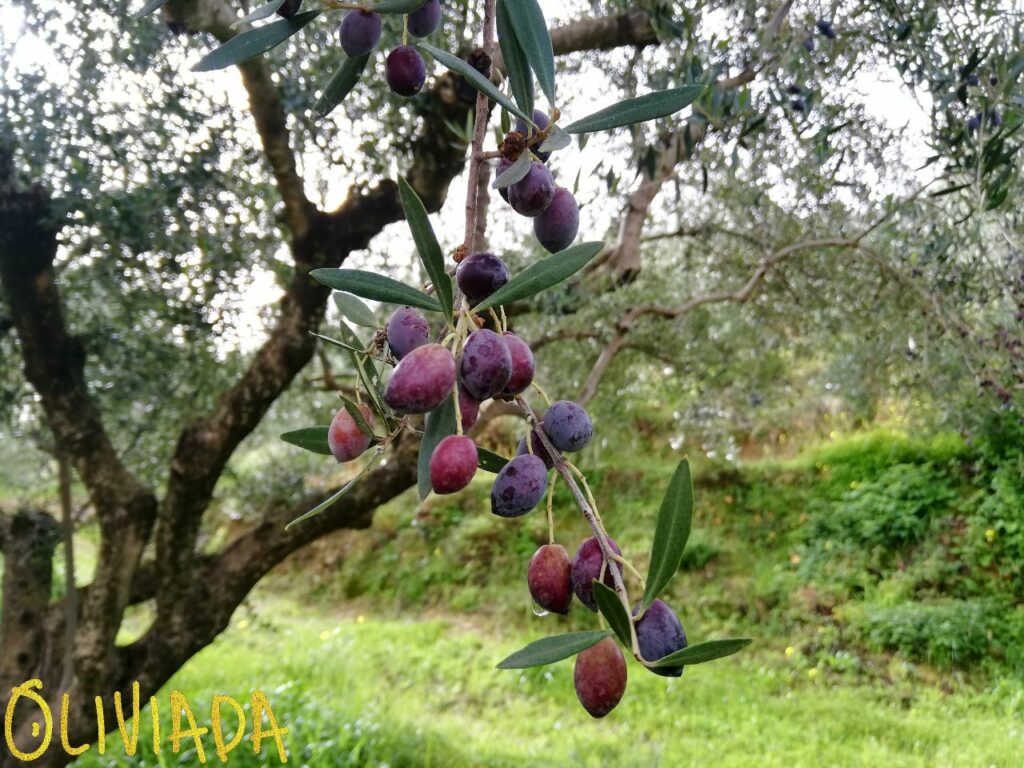
Why are Olives Usually Cured or Processed Before Consumption?
When we cure olives, we’re essentially breaking down the compound oleuropein. This is why olives become less bitter and more flavorful after curing.
Depending on the curing method, oleuropein is either drawn out of the olives into a brine or water solution or broken down by lye or natural fermentation.
Each curing method gives a different flavor profile to the olives. But no matter the method, the result is always worth the effort – delicious, flavorful olives that can be enjoyed on their own or as a part of numerous dishes.
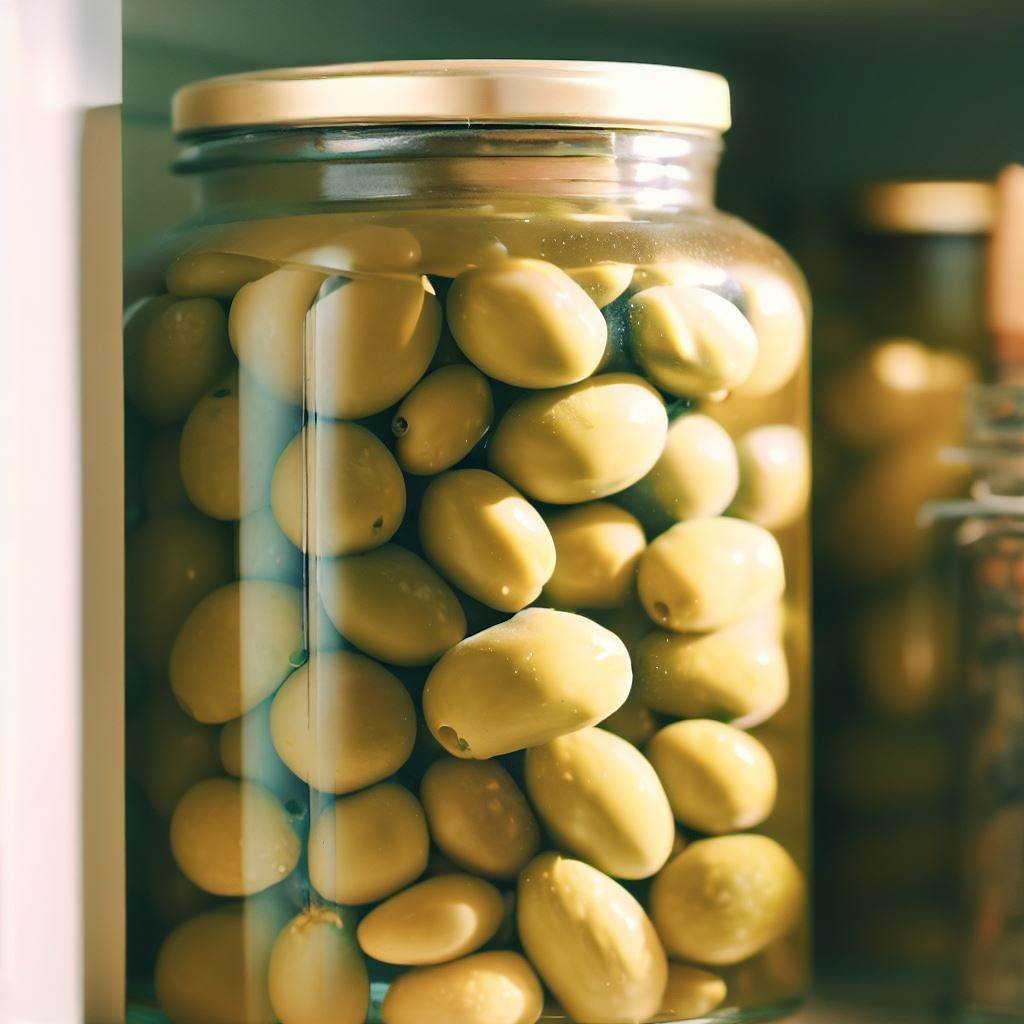
3. Different Methods of Curing Olives
In my years as an olive grower, I’ve learned that there’s more than one way to turn a raw olive into the tasty fruits we love. Here I will explore three popular methods of curing olives: brine, lye, and dry curing. Each method has pros and cons and imparts a unique flavor and texture to the olives.
Brine Curing
Brine Curing is a personal favorite of mine. In this method, olives are soaked in a water and salt solution, usually in a ratio that makes the brine as salty as seawater. The olives sit in this brine for several weeks or months, slowly fermenting. The fermentation process breaks down the oleuropein and also helps to develop a unique tangy flavor.
Texture-wise, brine-cured olives are plump and slightly soft, with a satisfying bite.
Lye Curing
Lye Curing is the quickest method, but it requires careful handling. Lye is a strong alkali that reacts with the oleuropein in the olives, neutralizing the bitterness. After a few hours or days in a lye bath, the olives are thoroughly rinsed to ensure no lye remains. This process leaves you with less bitter olives and ready to eat in a shorter time frame.
They tend to be a bit firmer than brine-cured olives but still have a pleasing, meaty texture.
Dry Curing
Dry Curing olives are packed in salt, which draws out the moisture and oleuropein, leaving you with a less bitter, wrinkled olive with a concentrated flavor. Dry-cured olives have a firmer texture than brine or lye-cured olives and a unique, intense taste perfect for those who enjoy strong flavors.
Dry-cured olives are the firmest of the bunch, with a chewy texture quite different from the other methods.
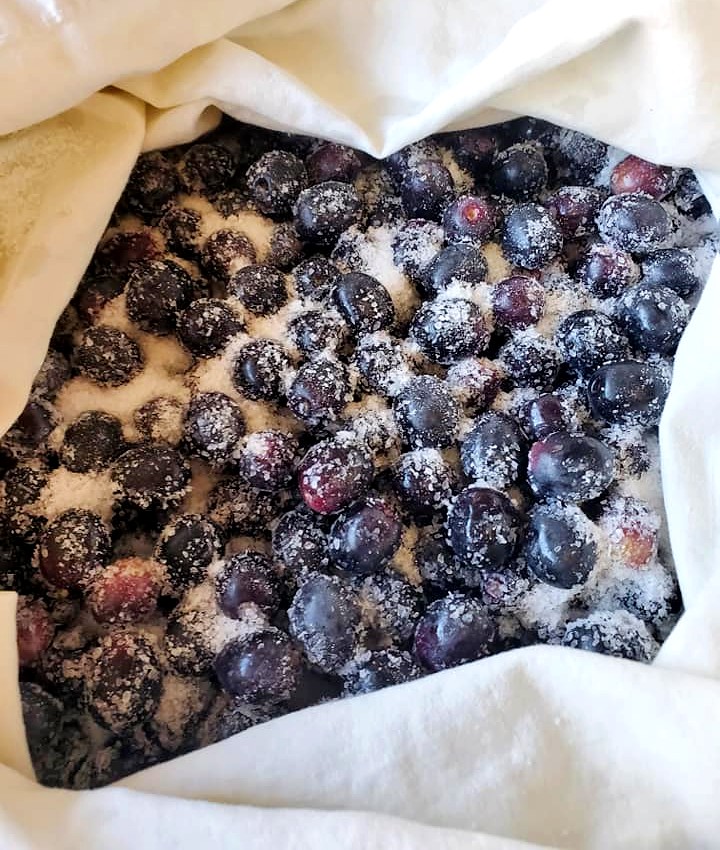
So, while curing is necessary to make raw olives edible, it’s not just a functional process. It’s also a method that, when done well, can produce a range of flavors and textures to satisfy any olive lover’s palate.
| Curing Method | Process | Resulting Taste | Resulting Texture |
|---|---|---|---|
| Brine Curing | Olives are soaked in a lye solution (sodium hydroxide) for several hours to a few days. The lye is then rinsed out. | Mildly salty with a distinctive olive flavor. | Firm and slightly crunchy. |
| Lye Curing | Shriveled and chewy. | Smooth and buttery, but still retains the classic olive taste. | Soft and plump. |
| Dry Curing | Olives are packed in plain salt or a mixture of salt and spices for several weeks. | Intensely salty and slightly wrinkled, often with an enhanced fruitiness. | Shrivelled and chewy. |
Remember, the curing method can significantly affect the taste and texture of the olives, and different methods are preferred for different varieties of olives.
4. Nutritional Differences: Raw vs. Cured Olives
Olives, whether raw or cured, are packed with nutrients. They’re high in healthy monounsaturated fats, rich in antioxidants, and loaded with vitamins and minerals. However, the curing process can have a subtle impact on the nutritional profile of the olives.
When it comes to raw olives, remember that their bitter taste makes them quite hard to eat, which means we usually consume them in their cured form. Nevertheless, these green or purple fruits contain a solid dose of vitamin E, iron, copper, calcium, and fiber. They also possess a wealth of beneficial plant compounds, including oleuropein – yes, our bitter friend is also a potent antioxidant!

Once olives are cured, their overall nutrient content remains fairly stable, but slight changes can occur. For instance, brine curing can reduce vitamin C content due to exposure to liquid and air. Also, since curing involves adding salt, the sodium content in cured olives is higher.
On the positive side, curing can potentially increase the antioxidant content of the olives, as the process converts some of the oleuropein into other beneficial compounds.
| Nutrient | Raw Olives (per 100g) | % RDI | Cured Olives (per 100g) | % RDI |
|---|---|---|---|---|
| Vitamin E | 3.81 mg | 25% | 1.65 mg | 11% |
| Iron | 3.3 mg | 18% | 1.7 mg | 9% |
| Dietary Fiber | 3.2 g | 13% | 2.5 g | 10% |
| Fat | 15.3 g | 23% | 11 g | 17% |
| Sodium | 0 mg | 0% | 4 g | 1.7% |
| Protein | 1.03 g | 2% | 0.84 g | 1.7% |
The values in this table are approximate, as the exact nutrient content can vary depending on the variety of olive and the specific curing method used.
For example, larger varieties like the Gordal or Sevillano might only have about 8-10 olives per 100 grams. On the other hand, smaller varieties like the Arbequina could have up to 30-40 olives per 100 grams. Also, on average, there could be around 20-25 Kalamata olives in 100 grams and around 40-50 Koroneiki olives per 100 grams.
5. Debunking Myths About Raw Olives
Let’s tackle some of the most common myths about eating raw olives that have floated around over the years.
Myth #1: Raw olives are poisonous or harmful.
This is not true. While raw olives are intensely bitter and unpleasant to eat due to the compound oleuropein, they are not poisonous or harmful. However, like any food, consuming them in excess may upset your stomach.
Myth #2: Raw olives have no nutritional benefits.
This couldn’t be further from the truth! Raw olives are rich in various nutrients, including antioxidants, vitamin E, iron, and healthy fats. Even though the bitterness might deter you, remember that they’re packed with goodness nutritionally.
Myth #3: Raw olives taste just as good as cured ones.
If you’ve ever taken a bite of a raw olive, you know this isn’t true. Raw olives are incredibly bitter, while cured olives have a savory, slightly salty taste. The curing process is essential to make the olives palatable and enjoyable.
Myth #4: All olives are created equal.
As an olive grower, I can tell you that each olive variety has a unique flavor profile, texture, and appearance. Some olives are better suited for oil production, while others are perfect for table olives. Even in table olives, the taste can significantly vary depending on the curing process.
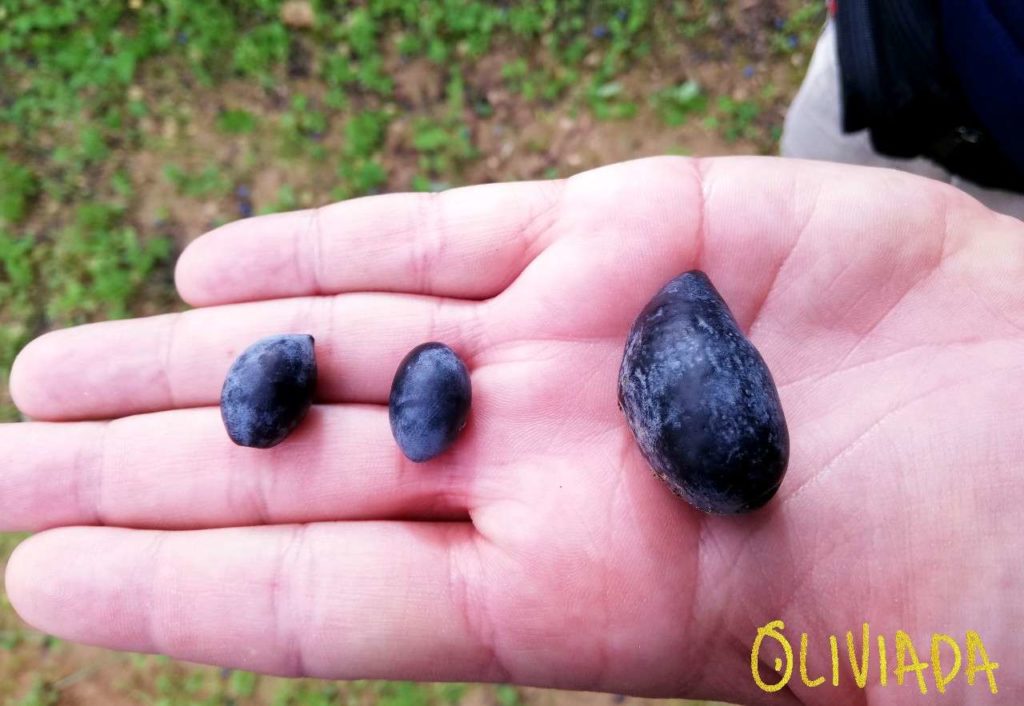
6. Frequently Asked Questions
What are raw olives like?
Raw olives, straight from the tree, are usually quite hard and bitter due to a compound called oleuropein. They’re not typically enjoyable to eat in this state.
Are raw olives harmful or not?
Raw olives are not harmful to consume but contain a bitter compound called oleuropein, making them quite unpalatable.
Are olives in a jar raw?
Most olives in jars at the grocery store have been cured and are not raw. Curing processes remove the bitter taste, making the olives more palatable.
Can you eat olives straight from the jar?
Yes, most olives in a jar are ready to eat immediately, as they have been previously cured and sometimes marinated for added flavor.
Why don’t we eat raw olives?
Raw olives contain oleuropein, a bitter compound that makes them unpleasant to eat. This bitterness is usually removed through a curing process before the olives are consumed.
What are the benefits of eating raw olives?
While raw olives are generally too bitter to eat, they contain many health benefits as cured olives, including heart-healthy fats, antioxidants, and anti-inflammatory properties.
How long do raw olives last?
Raw olives straight from the tree can last several weeks if stored properly. However, once cured, olives can last several months to a year if stored in a proper brine or salt cure.
Where to buy raw olives?
Raw olives can be challenging to find in most supermarkets because they are typically sold cured. You may find them at farmers’ markets, specialty food stores, or online.
How to prepare raw olives?
Preparing raw olives usually involves a curing process, such as brine, dry, or lye curing, to remove their natural bitterness and make them more enjoyable to eat.
Can eating too many olives be harmful?
While olives have many health benefits, they should be eaten in moderation due to their high sodium content, especially if you watch your salt intake.
Are cured olives as nutritious as raw olives?
Curing can alter the nutrient composition of olives, generally decreasing their bitterness-causing oleuropein content while increasing their sodium content. But overall, both raw and cured olives offer several nutritional benefits, including healthy fats and antioxidants.
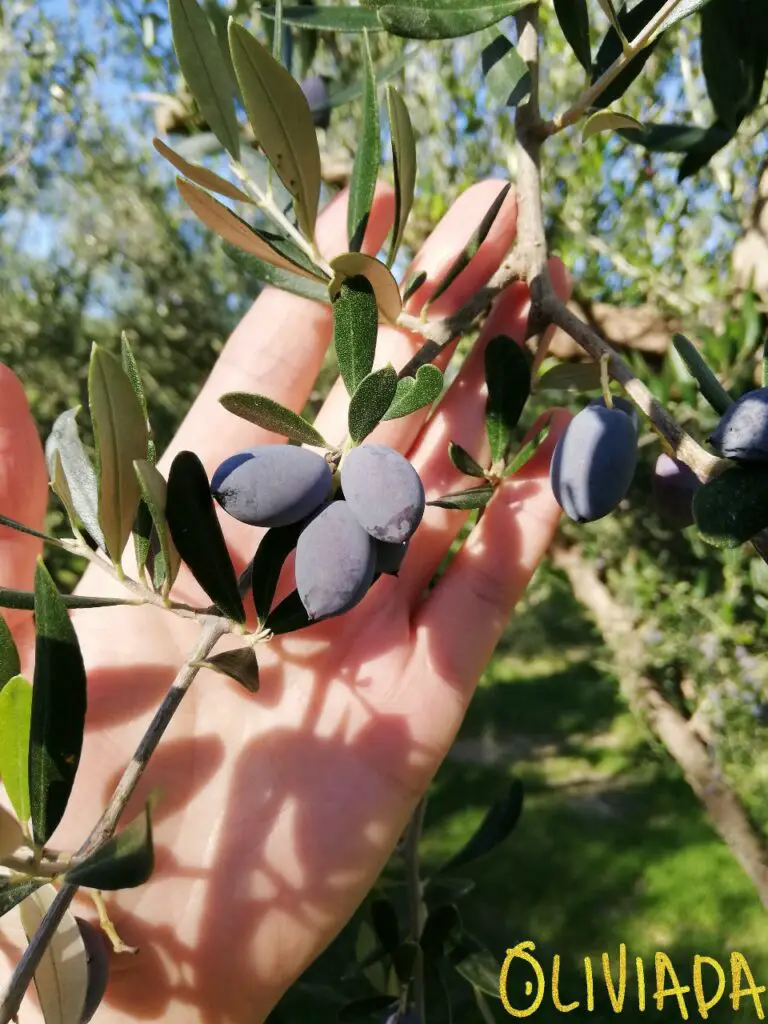
7. Final Thoughts
Summarizing all the above, you can eat raw olives, but their bitterness makes them less than appetizing straight off the tree. Raw olives are not harmful, but eating them in large quantities could cause digestive discomfort due to the high oleuropein content.
Moreover, the curing process is not just about flavor enhancement (although that’s a big part of it). It’s also about transforming the raw, bitter olive into a delightful, edible fruit that can be enjoyed in countless dishes worldwide.
And if you are growing your olive trees, there are three ways to cure olives and transform them into the taste you like. Or you can make olive oil yourself or use olive oil press machines. Worth to experiment and find what’s best for your taste!
8. Citations
- Changes in Olive and Olive Oil Characteristics During Maturation
- Factors influencing phenolic compounds in table olives (Olea europaea)
- Table Olives: An Overview on Effects of Processing on Nutritional and Sensory Quality
Read Next
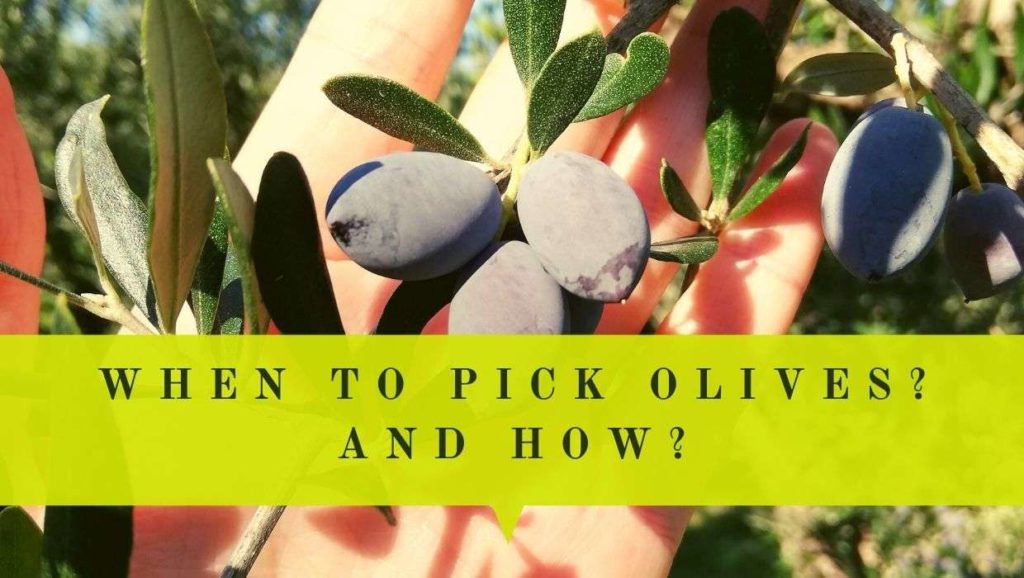
Learn More
- How to Pit Olives Like a Pro
- Where Can Olive Pits Be Used For
- How to Cure Kalamata Olives
- Green Olives vs Black Olives
Hi, I’m Vangelis Kleftogiannis, the founder of Oliviada and an established olive oil expert from Kalamata, Greece. My expertise isn’t just in producing quality Extra Virgin Olive Oil, but also in the cultivation and care of olive trees themselves. I am deeply committed to sharing my knowledge and know-how, helping others understand the intricacies of olive tree growing and the creation of quality olive oil.


Hi thanks for making the post it was very informative I have a tree in front of my yard and I found that the black olives directly from the tree are almost edible but still very bitter and they leave a sort of chalky taste in my mouth. However when they are still green they are extremely bitter and definitely unedible. I ran across an article that said the oleperine can shrivel teeth. I did several more web searches to find further information about this but I could not find anything. I was wondering if you ever heard of this before? I’m going to try the dry cure with the salt. Thanks so much for the Post yours was the only blog I found that had the information about the dry cure.
Hey there! I’m so glad you found the info helpful! Working with olives from your own tree sounds like a cool experiment.
Yeah, olives straight from the tree can be super bitter due to oleuropein. I did some quick digging, but I couldn’t find anything about oleuropein specifically shriveling teeth. Just be mindful about excessive bitter stuff for dental health.
And yay for trying out the dry cure with salt! It’s a classic method. Remember to follow the steps to make sure your olives turn out tasty and safe.
Have fun with your olive adventure, and may the final result be delicious! 🌿🫒